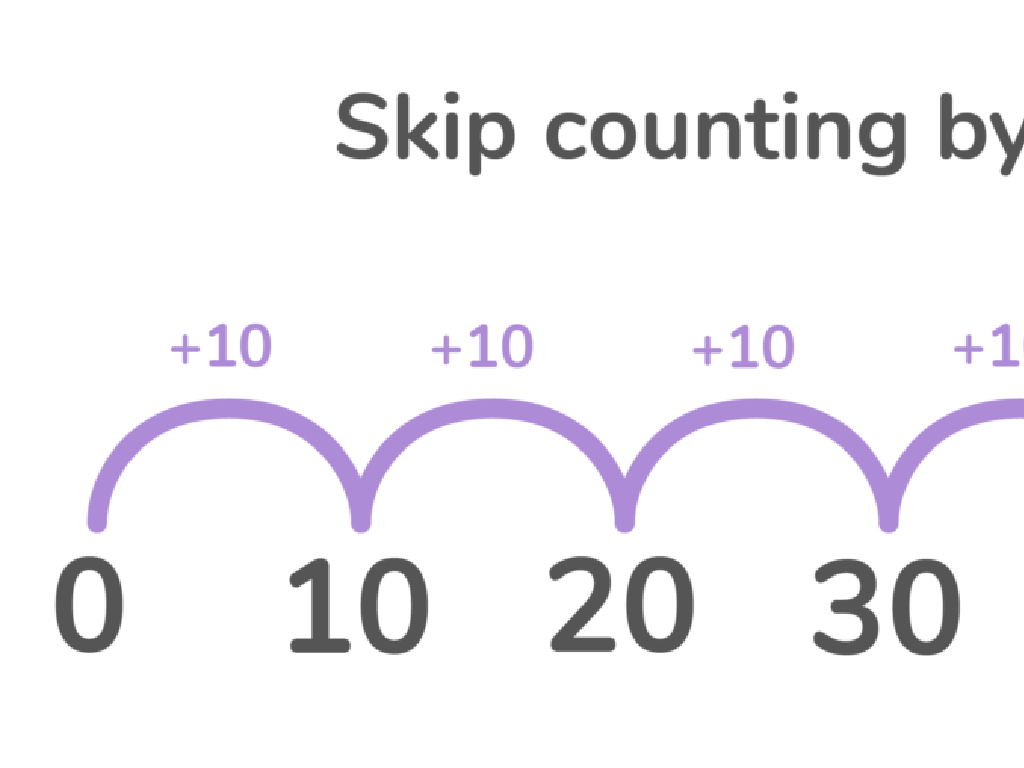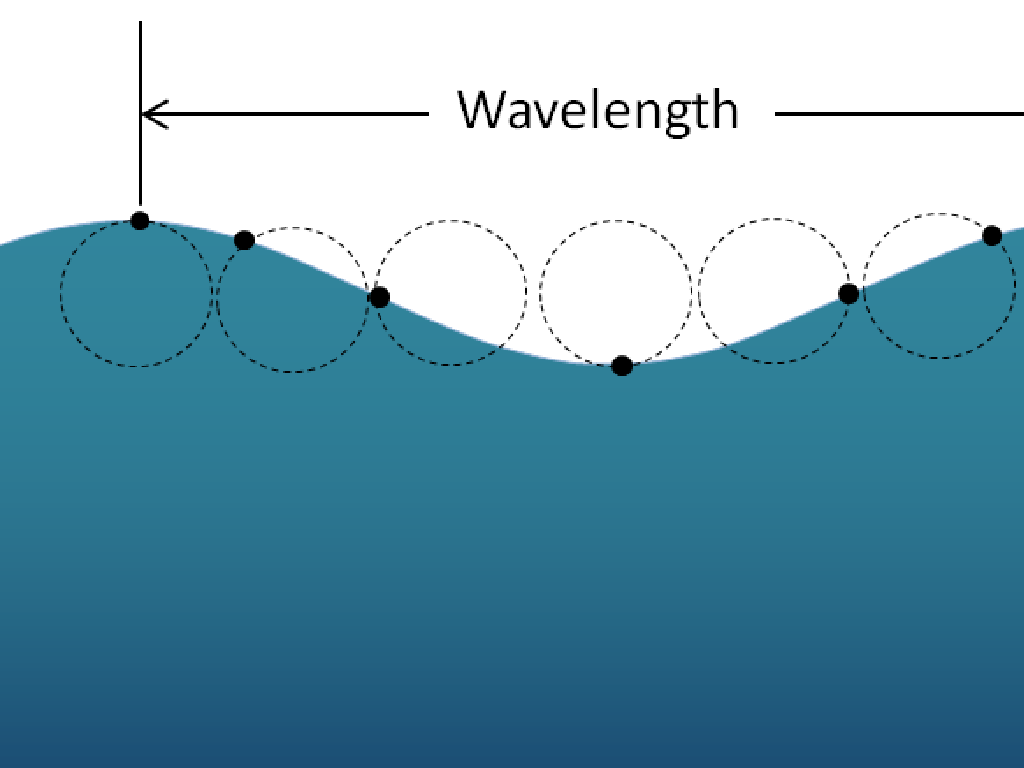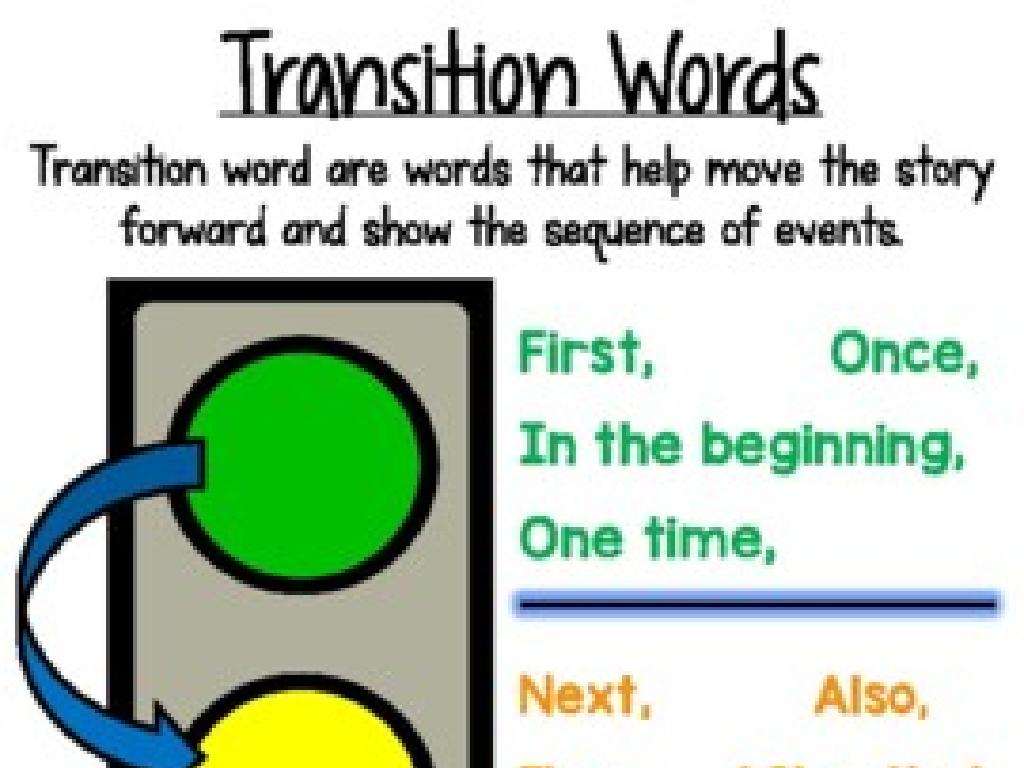Motion And Forces
Subject: Science
Grade: High school
Topic: Physics
Please LOG IN to download the presentation. Access is available to registered users only.
View More Content
Welcome to Physics: Motion and Forces
– Explore basics of motion
– Motion involves displacement, velocity, and acceleration.
– Define forces and their effects
– Forces cause objects to move or stop; think gravity and friction.
– Set learning objectives
– Engage with practical examples
– Real-world applications, like a ball rolling downhill.
|
This slide introduces the fundamental concepts of motion and forces, which are essential to understanding physics. Begin by explaining motion, which includes concepts such as displacement, speed, velocity, and acceleration. Then, define forces as pushes or pulls that can cause an object to start moving, stop moving, or change direction. Gravity and friction are common forces affecting motion. Today’s learning objectives will focus on these concepts, aiming to provide students with a clear understanding and the ability to identify forces in everyday situations. Use practical examples, such as a ball rolling downhill, to illustrate these concepts in a way that is relatable and understandable for high school students.
Exploring the Concept of Motion
– Define motion in physics
– Motion: An object’s change in position relative to a reference point.
– Explore types of motion
– Linear (straight line), Rotational (around an axis), Periodic (repeats in cycles).
– Everyday examples of motion
– Cars moving, Earth rotating, Pendulum swinging.
– Understanding motion’s role
|
This slide introduces the fundamental concept of motion in physics, which is essential for students to understand the basics of mechanics. Begin with the definition of motion, emphasizing that it involves a change in position of an object over time. Then, categorize motion into three types: linear, rotational, and periodic, providing a clear distinction between them. Use relatable examples such as cars for linear motion, the Earth’s rotation for rotational motion, and a swinging pendulum for periodic motion to help students visualize these concepts. The goal is to help students recognize motion in various forms around them and understand its significance in the study of physics.
Describing Motion: Key Concepts
– Distance vs. Displacement
– Distance is the total path length; displacement is the shortest path between two points.
– Speed compared to Velocity
– Speed is scalar; velocity is vector with direction.
– Motion on Graphs
– Position vs. time graphs show motion over a period.
– Interpreting Graphs
– Slope indicates speed; flat lines mean no motion.
|
This slide introduces students to the fundamental concepts of motion in physics. Start by explaining distance as the total path traveled, regardless of direction, while displacement is the straight-line distance from the starting point to the endpoint, including direction. Clarify that speed is the rate of change of distance with time and is a scalar quantity, whereas velocity is the rate of change of displacement with time and includes direction, making it a vector quantity. Use graphs to visually represent motion, explaining how the slope of a position vs. time graph indicates the object’s speed and how flat lines represent periods of rest. Encourage students to practice by creating their own graphs based on different scenarios of motion.
Newton’s Laws of Motion
– Newton’s First Law: Inertia
– An object at rest stays at rest unless acted upon by an external force.
– Newton’s Second Law: F=ma
– Force is the product of an object’s mass and its acceleration.
– Newton’s Third Law: Action-Reaction
– For every action, there’s an equal and opposite reaction.
– Applications of Newton’s Laws
– These laws explain everyday phenomena like driving, flying, and walking.
|
This slide introduces students to the fundamental principles of motion and forces as described by Sir Isaac Newton. Newton’s First Law, also known as the Law of Inertia, explains that an object will not change its motion unless a force acts on it. This can be observed when a ball remains still until kicked. Newton’s Second Law provides a formula to calculate the force exerted on an object when its mass and acceleration are known. This law can be demonstrated by varying weights on a pulley system to show how it affects acceleration. Newton’s Third Law is exemplified when a swimmer pushes against the water and moves forward; the water pushes back with equal force. Understanding these laws is crucial for students as they explain the behavior of objects in our universe and are foundational for further study in physics.
Forces in Action: Understanding Motion
– Contact forces: interaction at a distance
– Examples: Friction, tension, normal, air resistance
– Field forces: invisible yet influential
– Examples: Gravitational, electric, magnetic
– Balanced forces: equilibrium state
– No net force; no change in motion
– Unbalanced forces: cause of motion
– Net force present; motion changes
|
This slide introduces the concept of forces in action, a fundamental topic in physics. Contact forces require physical contact between objects, such as friction, which opposes motion, or tension in a rope. Field forces, like gravity, act over a distance without physical contact. Balanced forces result in no change in an object’s motion, while unbalanced forces lead to acceleration. Use examples like a book resting on a table (balanced forces) and a falling apple (unbalanced – gravity). Encourage students to think of everyday examples of these forces and how they affect motion. This understanding is crucial for analyzing real-world physics problems.
Applying Physics: Forces and Motion in the Real World
– Forces in sports dynamics
– How do basketball players use force to change motion?
– Friction’s role in daily life
– Why is it harder to slide a book on a rough table compared to a smooth one?
– Newton’s Laws in tech and nature
– Smartphones use sensors that apply Newton’s laws for screen rotation.
– Analyzing real-world physics
|
This slide aims to connect theoretical concepts of forces and motion with tangible examples that students encounter in their daily lives. Discuss how athletes apply varying amounts of force to control speed and direction, illustrating the principles of motion. Explore friction with everyday examples like walking or writing, emphasizing its necessity for movement. Highlight applications of Newton’s laws in technology, such as motion sensors in smartphones, and natural phenomena like a bird’s flight. Encourage students to observe and question how physics is seamlessly integrated into their environment, fostering a deeper understanding of the subject matter.
Class Activity: Experimenting with Motion
– Measure motion using toy cars
– Apply Newton’s Second Law
– Use different masses to see the effect on acceleration
– Observe friction on surfaces
– Test toy cars on various materials like sandpaper, tile, and carpet
– Record and analyze results
|
This class activity is designed to provide students with a hands-on understanding of motion and forces. Students will use toy cars to measure and record motion, applying practical methods to understand abstract concepts. For Newton’s Second Law, they should alter the mass of the cars and observe changes in acceleration, fostering an understanding of the relationship between force, mass, and acceleration. When observing friction, students will test the cars on different surfaces to see how friction affects motion. Encourage students to make predictions, conduct the experiment, and then discuss the outcomes. Possible activities include varying the slope for the toy cars, using a stopwatch to measure speed, or adding weight to the cars to test Newton’s Second Law. Ensure safety precautions are followed during the experiments.
Wrapping Up: Motion and Forces
– Recap of today’s key points
– Newton’s Laws, types of forces, and equations of motion
– Open floor for Q&A session
– Homework: Motion & Forces problems
– Solve assigned problems to apply concepts
– Encourage review of notes
– Reviewing notes aids retention and prepares for tests
|
As we conclude today’s lesson on Motion and Forces, it’s important to summarize the key concepts discussed, including Newton’s Laws of Motion, different types of forces, and the equations that govern motion. Encourage students to ask questions to clarify any doubts they may have. For homework, assign problems that require students to apply the concepts of motion and forces, ensuring they understand practical applications. Lastly, remind students to review their notes regularly as this will help solidify their understanding and prepare them for upcoming assessments.






